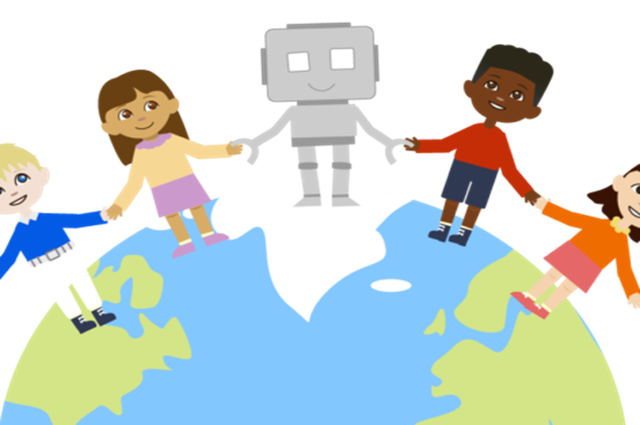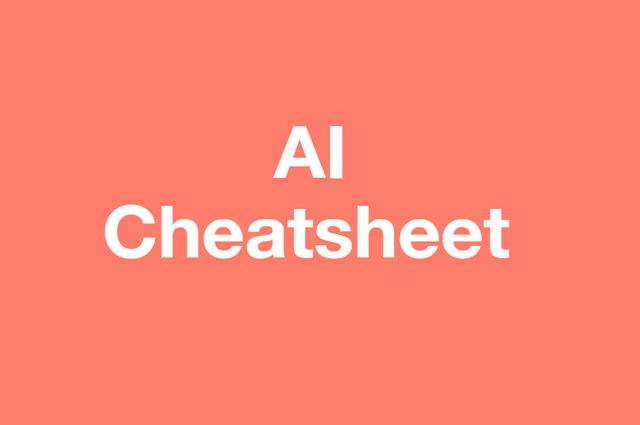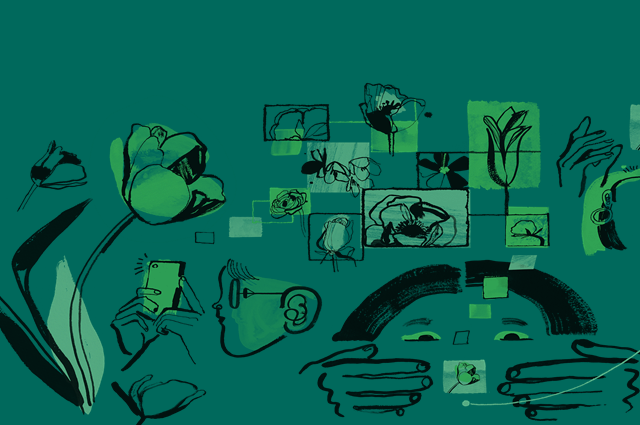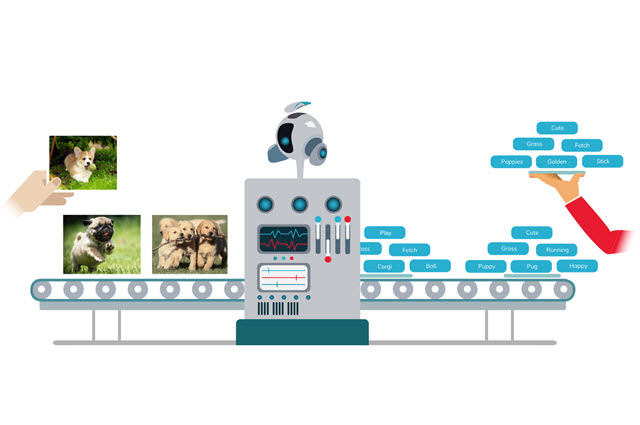Artificial intelligence
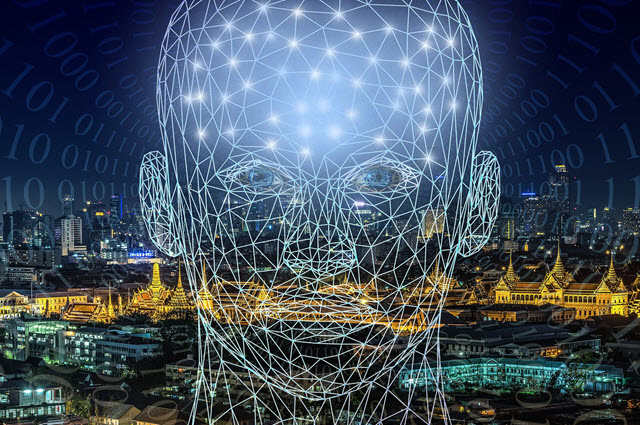
What is artificial intelligence?
Artificial intelligence (AI) is the ability of machines to mimic human capabilities in a way that we would consider 'smart'.
You most likely have come across – or are aware of – AI applications such as self-driving cars, facial recognition, chess or go players, security systems, or speech/voice recognition (for example, those used in an intelligent virtual assistant).
How is AI different from 'normal' computing?
In conventional computing, a programmer writes a computer program that precisely instructs a computer what to do to solve a particular problem. With AI, however, the programmer instead writes a program that allows the computer to learn to solve a problem by itself.
That sounds like overdoing it, but this is really the way we do things. At school, students learn the rules that allow them to solve a vast number of different problems. Instead of teaching 1,000 solutions to 1,000 problems, teachers teach students the practices and techniques of how to solve a variety of problem instead. The idea behind AI is that we teach a computer to learn to solve problems. And because machines are good at crunching large amounts of data without ever getting tired, computers can solve some tough problems that our brains would struggle with.
What is machine learning?
Machine Learning is an application of AI. Over recent times, the increased amount of data available for use in powerful computer systems has enabled the implementation of AI. With Machine Learning, we give the machine lots of examples of data, demonstrating what we would like it to do so that it can figure out how to achieve a goal on its own. The machine learns and adapts its strategy to achieve this goal.
Artificial Neural Networks (ANNs - some of which are called Deep Learning) are inspired by the workings of the biological brain's neural networks. ANNs can learn to identify patterns by using a feedback loop to learn from mistakes and improve their results.
Is there an AI that can solve any problem?
Current AI solutions are limited to particular applications, such as Chess, Go, autonomous driving, or facial recognition. AI solutions aren't currently versatile like we humans are. But they can beat even the best human player at a game of Chess or Go.
Criticism of AI
While there are many promising aspects of AI, its use also raises some concerns. For example:
- Who is responsible when things go wrong in an application powered by AI?
- How can we identify when AI systems exhibit bias due to training data or hidden algorithms?
- What will happen when an AI surpasses human intelligence?
Connections to the Australian Curriculum:
In the Digital Technologies learning area, AI:
- provides valid and interesting context and applications for curriculum skills and knowledge about data and algorithms
- is a good application of computational thinking by demonstrating abstraction and decomposition (for example, in Artificial Neural Networks)
- is an industry-relevant area of computer science
- is relevant to student personal experience, eg social media or Netflix algorithms
- is rich in potential real-world applications for investigation, eg driverless cars and face recognition
- is highly suited to a discussion of the ethical and social impacts of technology
- is scalable for understanding concepts, from primary through to secondary students.
Connections to General Capabilities and other learning areas include:
- The study of AI provides a mirror for students to reflect on their learning strategies to become more effective learners.
- Issues arising from the use of AI solutions touch ethical, social and intercultural areas.
- Machine Learning solutions frequently draw on bodies of data from fields as diverse as History, Geography, Media Studies and English.
- Artificial Neural Networks mimic the biological brain, connecting to Biology.
See the Curriculum Links section for more detail.
In summary
AI is about making computers smarter by allowing them to learn. Machine Learning is the application of AI using big data and powerful computing. Some of the approaches in Machine Learning are inspired by biology.
This information was developed in collaboration with Computer Science Education Research (CSER) group and The Digital Technologies Institute.
Image: geralt/pixabay
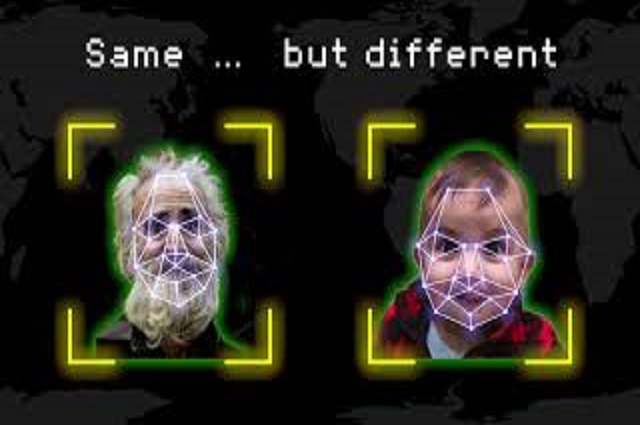
Artificial Intelligence Explainers: Video 1: Introduction to AI & machine learning
Use this video to introduce Artificial Intelligence (AI).

Artificial Intelligence Explainers: Video 2: AI in our everyday life
Use this video to discuss how Artificial Intelligence (AI) impacts our everyday life.

Artificial Intelligence Explainers: Video 3: AI systems
Use this video to discuss how Artificial Intelligence (AI) systems work, their benefits and potential risks.

Artificial Intelligence Explainers: Video 4: AI applications
Use this video to discuss how Artificial Intelligence (AI) has the potential to be a transformative technology much like introduction of the car, 100 years ago.
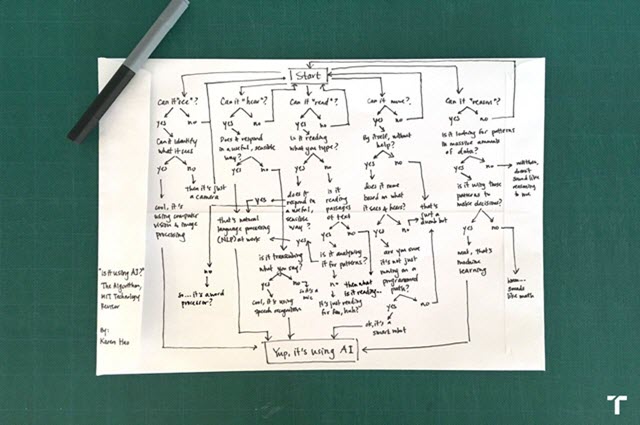
What is AI? We drew you a flowchart to work it out
This article helps define artificial intelligence, a term that is constantly evolving, and often defined in a variety of ways. The flowchart helps you work out whether something is using AI or not.

Australia’s Artificial Intelligence Ethics Principles
Australia’s 8 Artificial Intelligence (AI) Ethics Principles are designed to ensure AI is safe, secure and reliable.

What is Machine Learning? (2 mins)
A brief video that concisely defines AI, then defines machine learning through a simple example.
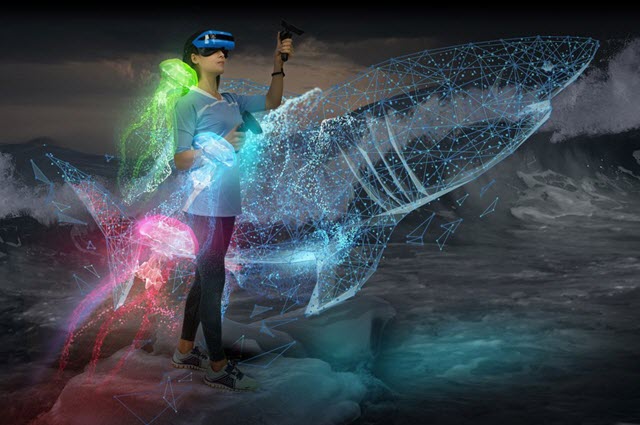
WEBINAR: Interactive learning and AI in Education
This ACER webinar discusses how teachers can harness the technology of AI and interactive learning techniques to improve student outcomes.

AI for Earth provides examples of projects that use artificial intelligence to address four critical areas that are vital for building a sustainable future. This page also provides a video with a useful overview.

Artificial Intelligence Roadmap
Download and view this report describing Australia’s artificial intelligence roadmap, developed by CSIRO’s Data61 for the Australian Government.
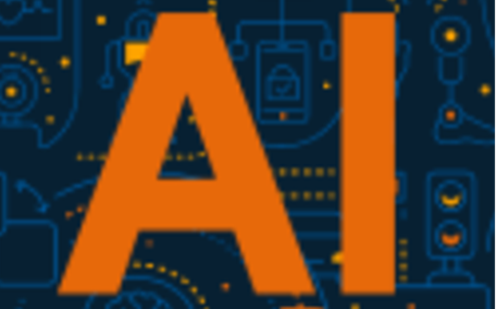
Teaching AI in the Primary Classroom and Teaching AI in the Secondary Classroom
These free online self-paced courses are presented as four related modules aligned to Australian Curriculum V 9.0. The courses provide educators with the necessary background information to teach and contextualise AI in the classroom and offer engaging ideas for practical implementation.
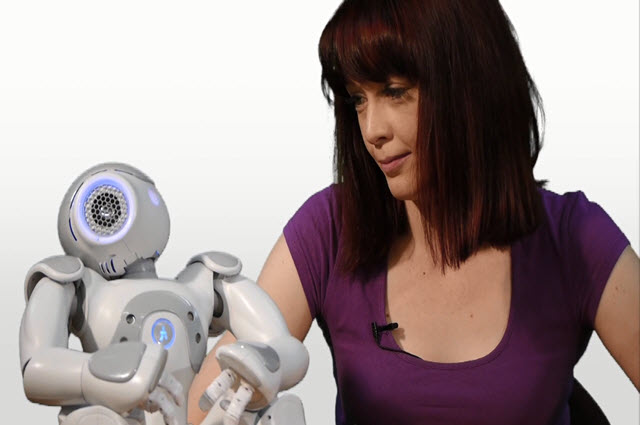
CS Field Guide: Artificial Intelligence
A short chapter from an online text for school students, including interactive elements. Focuses on the illusion of Intelligence. Introduces chatbots, with and without machine learning, and the Turing Test.
Free.
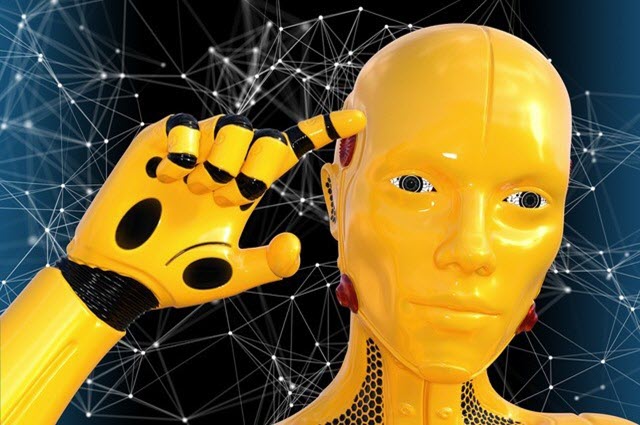
A series of interactive activities that visualise and explain processes of machine learning with neural Networks.
Free for teachers. Subscription cost for students. Registration required after the first activity.
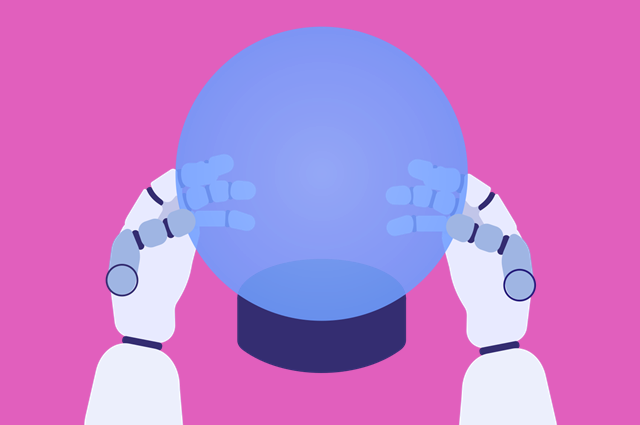
A long, self-paced course taking the form of textual and graphical content followed by exercises. Covers numerous AI concepts and applications.
Free, but registration required.

AI for Earth: Helping save the planet with data science
Wee Hyong Tok is a data scientist. In this article he explains how AI can help monitor the health of the planet.

Explore how binary numbers work, how a computer adds, subtracts and how it remembers data. See algorithms at work when a computer performs multiplication and division. See mathematics in computer science when calculating Fibonacci numbers. Create beautiful pixel graphics and explore the foundations of artificial intelligence (AI).
Teachers register free, subscription cost for students.

These lesson plans cover a range of specialisations and subsets associated with Artificial Intelligence, colour-coded and filtered for your convenience.
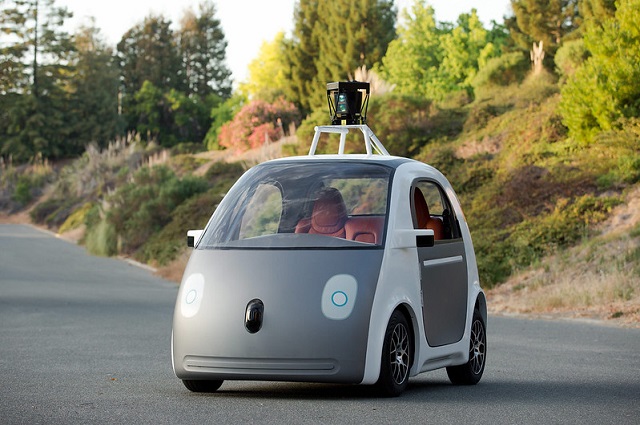
AI ethics – What's possible, probable and preferred?
The development and ubiquity of artificial intelligence raise a number of social and ethical matters that students can explore in the Digital Technologies classroom. This lesson idea outlines a project to help students frame such discussions using the curriculum key idea of Creating preferred futures, tying into Critical and Creative Thinking.

Use the tasks in this lesson to introduce concepts that underpin artificial intelligence (AI). The majority of the tasks are unplugged (do not require a digital device).

We often converse with automatic chatbots for customer service without even knowing. But how do these services work? Is there artificial intelligence (AI) in them? Three projects are offered to cater for student interest and different programming skill levels.

This lesson introduces some of the skills and concepts involved with systems thinking. Students are introduced to a number of habits of a systems thinker, positive and negative feedback loops, and the concept of supra- and sub-systems.

Systems thinking and AI applications
In this lesson, students will study and analyse real-world systems involving an AI component, then envision the application of AI within a new or existing system to solve another problem of their choice.
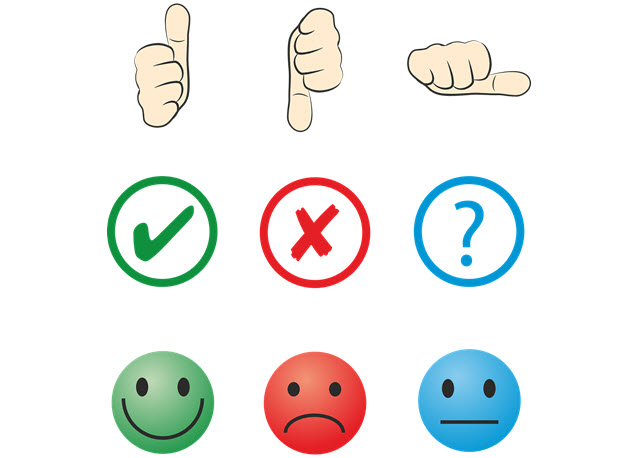
Can a computer recognise your sentiment?
This lesson plan enables students to explore how Natural Language Processing (NLP), a subset of Artificial Intelligence (AI), is used to assess and categorise a user’s online comments. (AI is the ability of machines to mimic human capabilities in a way that we would consider 'smart'.)

Fun projects with language translation
Investigate home automation systems, including those powered by artificial intelligence (AI) with speech recognition capability. These suggested activities provide a level of differentiation to cater for students’ range of programming skills.

Artificial intelligence (AI) can sometimes be biased to certain shapes or colours. When such AI systems are applied to situations that involve people, then this bias can manifest itself as bias against skin colour or gender. This lesson explores bias in AI, where it comes from and what can be done to prevent it.

Home automation is all the rage. You talk to your mobile phone to control the lights, the fan, the air-conditioner or your pool pump. But how does it work? In this lesson, we explore the AI that could power a home automation system.

AI image recognition: exploring limitations and bias
A hands-on activity to practise training and testing an artificial intelligence (AI) model, using cartoon faces, including a discussion about sources of potential algorithmic bias and how to respond to these sources.

What would my preferred AI future look like?
Malyn Mawby, Head of Personalised Learning at Roseville College, explains how she implemented project-based learning (PBL) with her Year 10 class to explore artificial intelligence (AI). Through the PBL task, students selected an area of interest and investigated what is possible, probable and preferred.

We can program a computer to play music. Alternatively, we can train an artificial intelligence (AI) computer about what notes go well with others, so it can play a duet with a human musician. Students can make their own instrument that plays a particular note for a set beat or they can incorporate the random function to mimic AI.
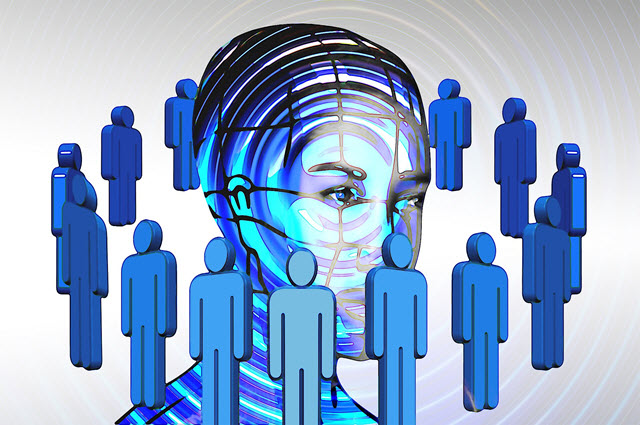
Sometimes we write and post things on social media in a hurry. Such posts can hurt people and even make them feel bullied. Wouldn't it be great if an artificial intelligence (AI) application could check our posts as we write them, and warn us if they were potentially hurtful? This lesson was developed by the Digital Technologies Institute in collaboration with DT Hub.
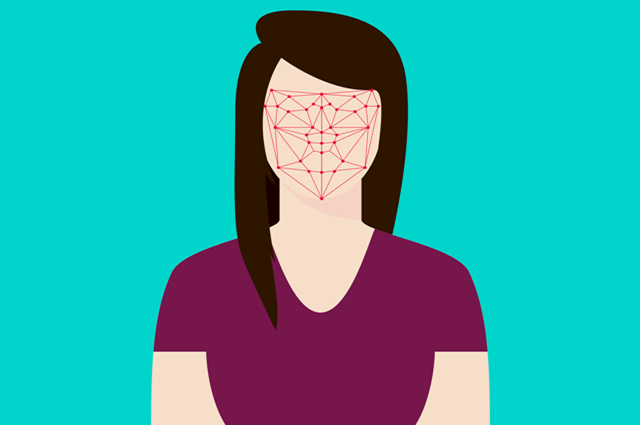
Discuss emotions as a class, and introduce the idea of artificial intelligence (AI). This lesson can also be used to introduce image classification – a key application of AI. Developed in collaboration with Digital Technologies Institute.

This lesson provides an opportunity to investigate security measures, including those powered by artificial intelligence (AI), that are used to protect users from unauthorised (unapproved, unwanted) access to their digital devices.
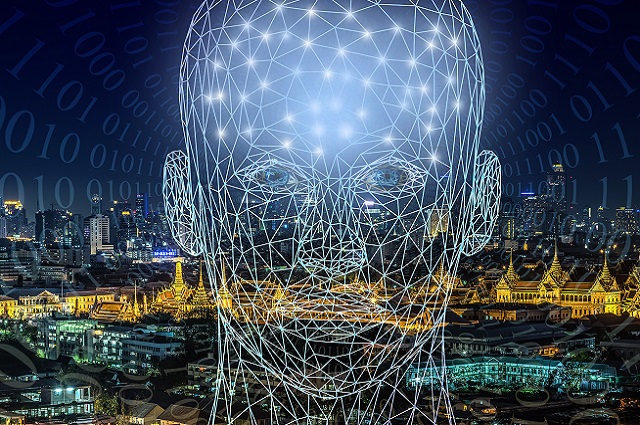
This lesson provides an opportunity for students to draw on their ethical understanding when asked to respond to different scenarios.

Analysis of AI applications, drawing on ethical understanding
This lesson plan explores the ethical aspects of artificial intelligence and the implications on our future lives.

Can AI recognise what you are drawing?
This lesson provides an opportunity to incorporate representation of data using a relevant context being studied in the classroom. Students represent an object using a line drawing, focusing on the features of the object that enable it to be easily recognised.

How can AI recognise what it sees?
This lesson is an introduction to the way in which a computer sees. It focuses on image recognition that involves feature extraction, object detection and classification.

Coding a sentimental chatbot in Python
Natural Language Processing (NLP) interprets text and speech. Chatbots provide a useful context to explore NLP. In this module students code a chatbot in Python, a conversational program capable of responding in varied ways to user input, including with the use of smart sentiment analysis.

Book analysis with AI techniques
Explore text analysis through Natural Language Processing (NLP), a significant application of artificial intelligence (AI). Watch a series of video tutorials to develop a Python program that can break down and analyse the content of a complete text, such as Robert Louis Stevenson's Treasure Island, and use smart sentiment analysis to attempt to determine the villain(s) and hero(es).
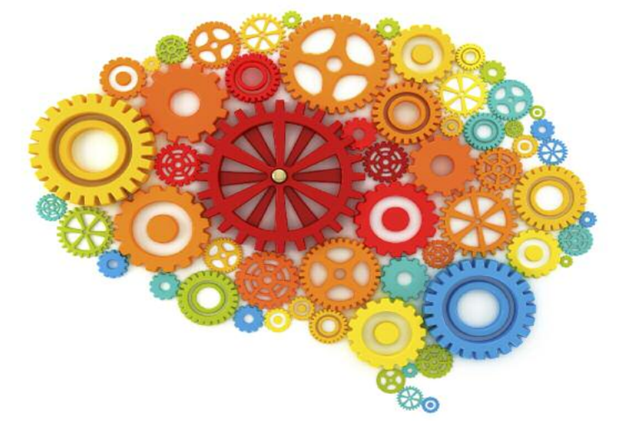
The intelligent piece of paper
An ice-breaker / thought exercise around how to define artificial intelligence (AI). A piece of paper contains instructions for always winning Noughts and Crosses, as long as it goes first. Is the piece of paper intelligent or does it just have a clever algorithm written by an intelligent person? Is this really an example of AI?

An activity involving a game played with a grid on the floor. Students model a machine learning system that learns to win the game by being punished – it loses a lolly each time it fails.
Lessons using technology
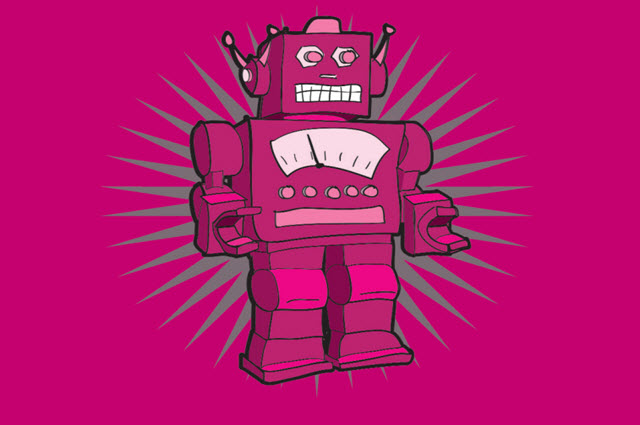
Artificial intelligence…but where is the intelligence?
Use these activity ideas to explore issues related to AI including what is artificial intelligence, learning from mistakes, and how the brain actually works.
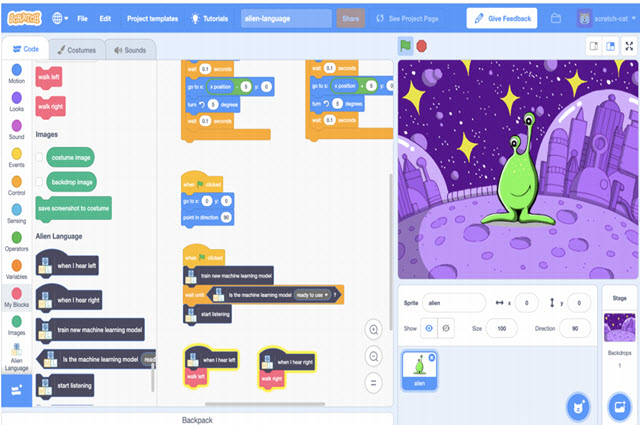
Allows you to create a machine learning data model by entering data (text, images, numbers or sounds) and grouping it with labels. You can train the AI from your data, then make programs in Scratch, Python or AppInventor using the trained AI. Over 20 pre-made worksheets for students and teachers.

This is a game built with machine learning. You draw, and a neural network tries to guess what you’re drawing. Of course, it doesn’t always work. But the more you (and others) play with it, the more it will learn. It’s just one example of how you can use machine learning in fun ways.

Using a similar system to the Google game Quick Draw!, this tool suggests clip art or icons as you sketch.
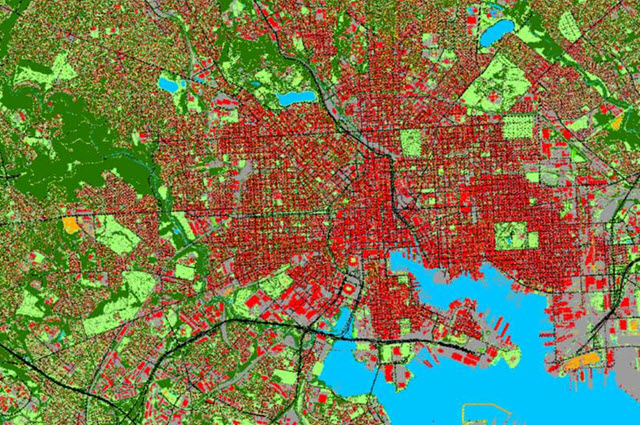
Explore some relevant APIs and applications to see how Microsoft’s AI for Earth project is advancing conservation around the world.

What would my preferred AI future look like?
Malyn Mawby, Head of Personalised Learning at Roseville College, explains how she implemented project-based learning (PBL) with her Year 10 class to explore AI. Through the PBL task, students selected an area of interest and investigated what is possible, probable and preferred.
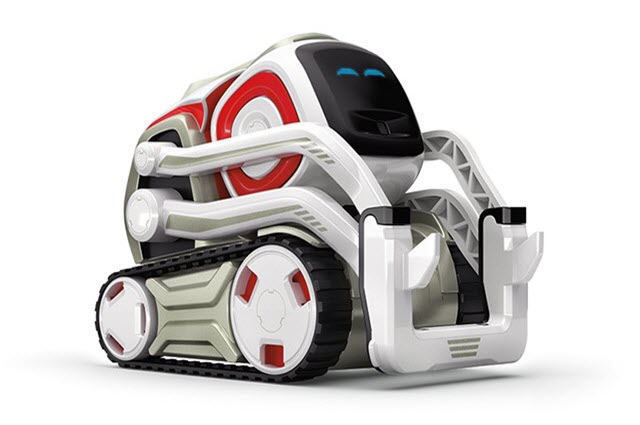
Digital Pets at Ashwood School, Victoria
Kenneth Clark Burt explains how this P–12 specialist school uses digital pets (robots) to differentiate the Digital Technologies curriculum. The robot used incorporates AI technology.
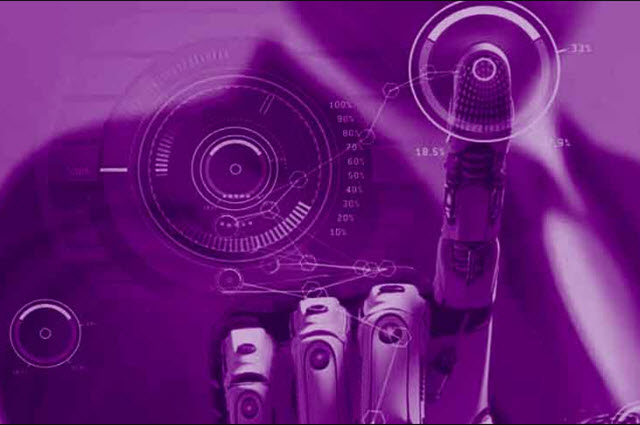
Accelerating crop farmers’ adaptation to climate change
A case study briefly describing an AI project where scientists have used image-analysis technology in the agricultural sector.

Emulating nature’s perfect pursuit
A case study briefly describing an AI project where scientists have adapted dragonflies’ neuronal processes into a unique algorithm that emulates the insect’s phenomenal visual tracking capability.
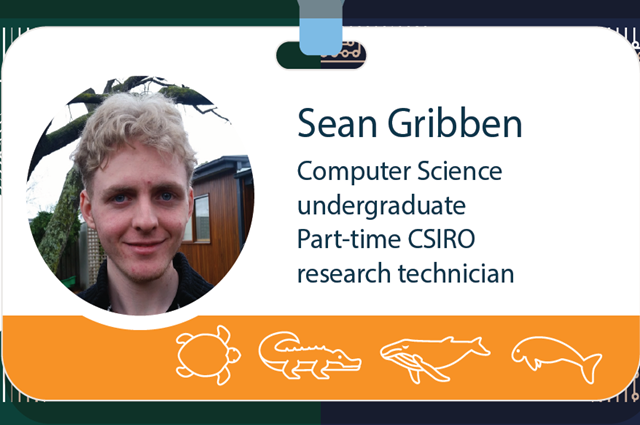
Career profile: Sean Gribben, Computer Science undergraduate and part-time CSIRO research technician
This is one of a series of career profiles. It aims to inspire students to consider a STEM career by highlighting the individual's background and interests, a snap shot of their current role and the pathways they have taken to enter their profession. Sean Gribben is a Computer Science undergraduate and part-time CSIRO research technician.
